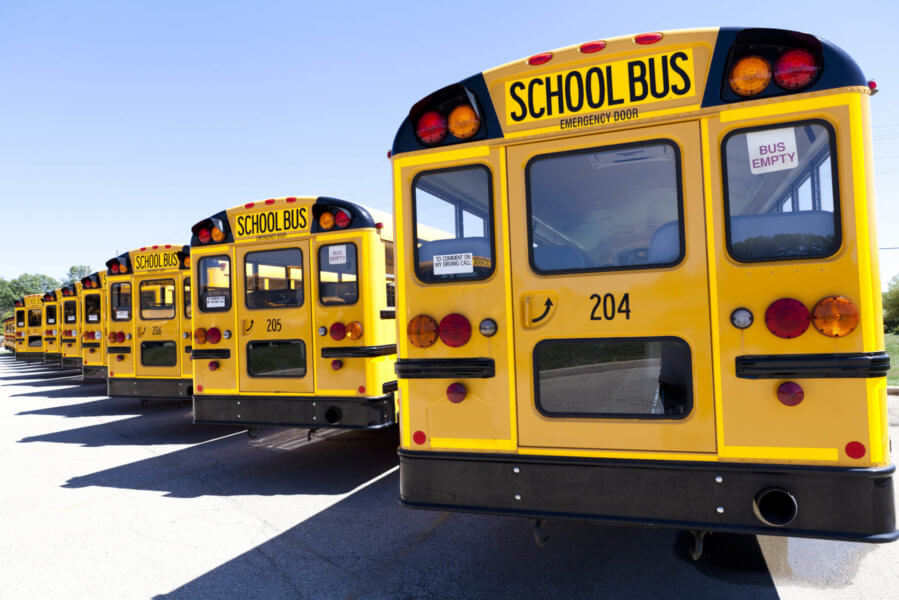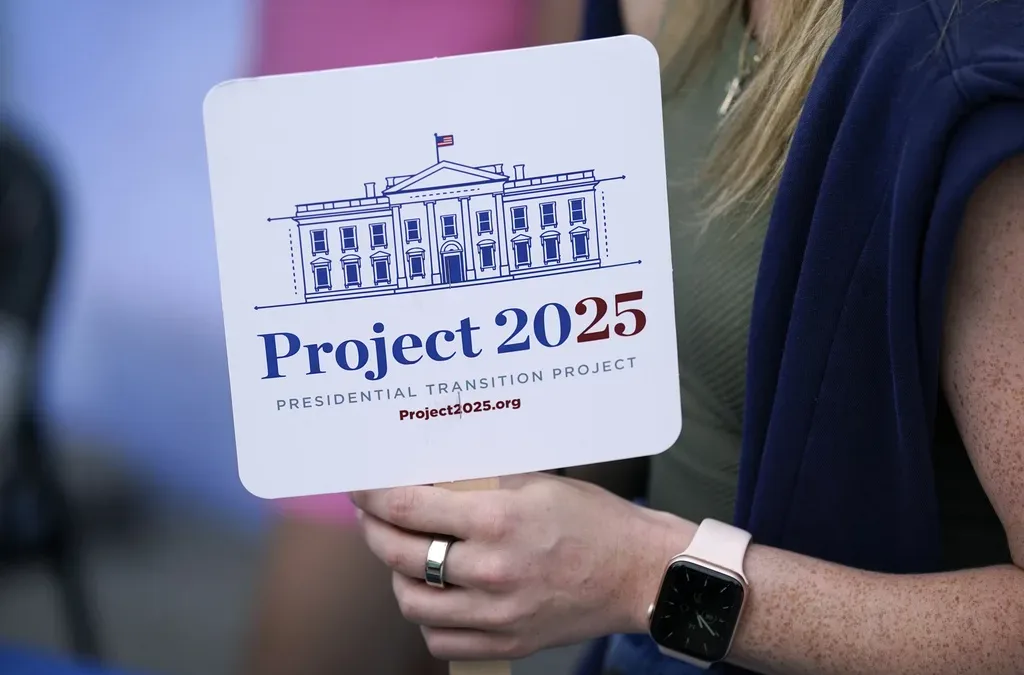
Four years after being unaccredited, Martinsville City Schools has improved on-time graduation rates, attendance and test scores.
MARTINSVILLE – In 2015, Martinsville’s school district struggled. From Albert Harris Elementary to Martinsville High, none of the schools were accredited by the state. In fact, it had been several years since all the schools had been fully accredited. Barely 80% of students graduated on time, one of the worst records in the state. The city had a hard time finding teachers and parents moved to the nearby counties, just to find a different district for their kids.
When you look at the district today, that seems like a bad dream. This year, 94.62% of students graduated on time. Every school in the district is fully accredited and you have a much different atmosphere, both for teachers and students. They didn’t do it through an influx of money, as the district’s funding remained about the same. It wasn’t a result of wealthy supporters stepping in. So how did a small city district in rural Virginia turn things around? It was the combination of a district-wide plan and buy-in from everyone involved.
“Every grade level and every school plays a part in that,” said Angliee Downing, Martinsville’s assistant superintendent of instruction. “You can’t wait and target that when students start ninth grade. They’ve got to have the skills going into high school to be successful in high school. For middle school, they’ve got to have the skills from elementary. It really takes a systemic approach to make students get what they need so they’re ready to be successful at every level of their education.”
That was a mindset Dr. Zeb Talley brought in when he took over as superintendent in July 2016. Simply put, education needed to be the key equalizer.
“Our teachers bought into that and our administrators bought into that,” Talley said. “What you see as a net result now is the fact that that they have encouraged our kids to love school, to want to remain here and to do well.”
It’s an approach that’s worked across the board. At Patrick Henry Elementary, for example, 66% of students passed the state’s end-of-grade math test in 2016-17. By the 2018-19 school year, that number reached 82%. At Martinsville Middle School, 61% of students passed the state’s end-of-grade reading exam in 2016-17. This past year, the number climbed to 72%. In math, the school also saw a major jump over the last three years, going from 60% to 79% passing.
The first COVID cohort
It’s hard enough to make that happen during a normal school year. But that growth hasn’t stopped, despite the pandemic. The district not only maintained but improved graduation rates this past spring by 5%. And during a fall semester where most districts are losing students, Martinsville reported an increase of 100 over last year’s number.
That partly comes due to the fact Martinsville approached this fall a bit differently. If the spring semester was crisis teaching, then the goal this time was to truly have virtual classes students could get involved and invested in.
“We really spent the summer with professional development for our teachers,” Downing said. “[We looked] at curriculum for what we needed to pick up from the spring and put into going forward with our new learning.”
The division recently completed mid-semester assessments and found most students are actually where they need to be at this point. Very little learning loss occurred over summer vacation, or the extended period without in-person instruction last spring.
“I go into their virtual classrooms just to look and I am so excited by what I see. The feedback from parents has been very positive. So far it’s going well,” Downing said. “We’re still learning and we’ve learned a lot, but it’s going well. Part of that, again, is just how, I can’t say enough about how our community of school families and our schools work together. Otherwise, it wouldn’t happen.”
COVID challenges
Of course, there are challenges that come with learning through a fairly new format. The school division set up a help desk for families struggling with the technology. They also work with families one-on-one, depending on their specific needs.
“We have some challenges with internet access,” Downing said. “We’re working now, making appointments with families to help support them in getting that in place.”
At the high school level, employees strive to help students in whatever ways possible – not just with math, science and writing.
“I would say the whole situation involving the pandemic and our approach is constantly trying to make sure students are getting the assistance they need, first and foremost. We’re talking about their social, emotional well-being, first things first,” Martinsville High principal Aji Dixon said. “Just trying to make sure that we can advocate for kids and do whatever we can to help young people. Just taking care of young people doing all that we can, first and foremost, that is the priority. Then from there, we’re providing the instruction that young people need.”
If the school doesn’t have the resources in place to assist students with their specific needs, Dixon and his team connect them to others who can help.
“It’s a concerted effort,” Dixon said. “It’s a team effort, just making sure that during this pandemic, we’re taking care of our students and lining them up with the community resources that are available if they’re going through any kind of hardships and that kind of thing.”
Also, the different learning method impacts students in unique ways.
“There’s a lot of new associated with what we’re doing. It’s new for all of those who are involved with it. Everyone from the students to the parents, the teachers, the administrators,” Dixon said. “Some of the challenges that are presented just come along with whenever you’re doing something new and different.”
Virtual advantages
However, there are also advantages that come with virtual schooling. One comes with the teacher-student connection.
“They’re really able to spend more time doing individualized instruction with students,” Downing said. “If I have 20 students in a room and this student needs a little extra time, it’s hard to put that time in there when you’re trying to manage the other students in the classroom. But now, teachers said they’ve really been able to spend some individualized time with different students or small groups of students. While the other students are working on something online, they’re able to Zoom in, meet with them, have a phone call with them and really provide that differentiated instruction. That’s been powerful.”
Dixon noted the advantages of flexible scheduling. Last week, his team held a virtual parent-teacher conference with high attendance.
“Because we were doing it on Zoom, we had more parents and students that attended our conference than we had in our traditional in-person last year,” Dixon said.
Furthermore, if students don’t fully understand a portion of class or grasp a certain concept, they may review notes and videos online whenever they want.
A rising trend
While districts around the city experiment with hybrid schedules and some return to fully in-person learning, Martinsville plans to remain virtual at least for the immediate future. Once COVID-19 case numbers start trending downward, then they’ll start looking at a phased reopening.
Talley called face-to-face instruction the “gold standard,” but also expressed the need for safety. He noted Martinsville needs to be completely out of the red zone before children return to school. The decision to stay virtual is helped by the fact students, teachers and parents have adapted to the new schedule.
“Our attendance is up. Even right now, we are almost 100 students above our budget, where other school divisions have experienced a decline in enrollment. Our kids are coming to school,” Talley said. “It’s a win-win. [It’s] a win for the students because they’re getting a quality education. It’s a win for their families. They’re able to go into various job markets or educational thoroughfares. It’s a win for the teachers because they’re excited that the students are having success. It’s just been tremendous.”
Amie Knowles reports for The Dogwood. You can reach her at [email protected]
Politics

Biden marks Earth Day by announcing $7 billion in solar grants
The Biden administration on Monday announced the recipients of its Solar For All Program, a $7 billion climate program that aims to lower energy...

6 terrifying things that could happen if the Comstock Act is used to target abortion
Does 1873 sound like a really, really long time ago? Well, that’s because it is—but if Republicans and far-right anti-abortion activists have their...
Local News

Virginia verses: Celebrating 5 poetic icons for National Poetry Month
There’s no shortage of great writers when it comes to our commonwealth. From the haunting verses of Edgar Allan Poe, who found solace in Richmond's...

Join the fun: Recapping Family Literacy Night’s storybook adventures
When’s the last time you read a book aloud with a loved one? If it’s difficult to answer that question, then maybe it’s time to dust off that TBR...





